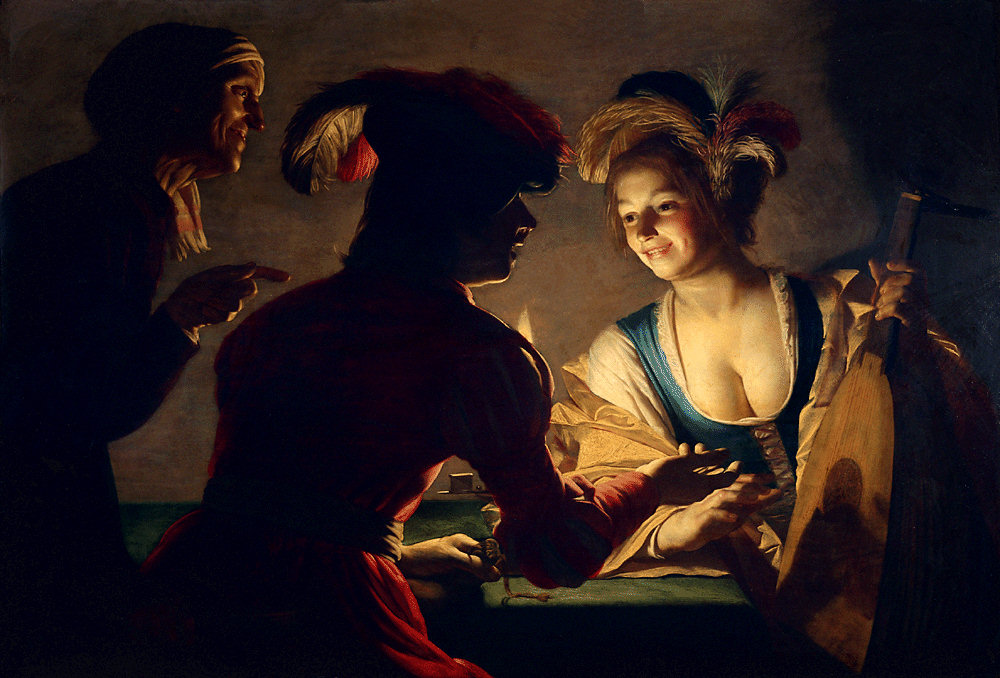 Ben Street at Art21 | Blog is among those who sneer at Antony Gormley’s One And Other, the sculpture which will be installed on the Fourth Plinth from July 4. The piece consists of 2400 members of the public standing on the fourth plinth, one at a time. Volunteers submit their names to the One And Other website and have their names chosen, apparently at random. Street sniffs:
Ben Street at Art21 | Blog is among those who sneer at Antony Gormley’s One And Other, the sculpture which will be installed on the Fourth Plinth from July 4. The piece consists of 2400 members of the public standing on the fourth plinth, one at a time. Volunteers submit their names to the One And Other website and have their names chosen, apparently at random. Street sniffs:
Only a culture so profoundly in love, as the UK is, with the process of celebrification could endorse a proposal that equates mere self-expression with art. The project description is full of phrases that are begging for qualifying air quotes: “Participants will be picked at random, chosen from the thousands who enter, to represent the entire population of the UK†[emphasis mine]. Gormley has the temerity to suggest that he has been the victim of press “snobberyâ€; surely pomposity of that Meatlovian scale is crying out for some leavening criticism. The use of the political buzzword “participant†shows how neatly the rhetoric of contemporary art has, since 1997, dovetailed with the rerouting of political discourse towards an emphasis on “openness,†“transparency,†and “interactivity†while actually being none of those things. The suggestion of the term participant is that the person has an active role in the creation of the work of art, whereas the truth of much participatory contemporary art is that the participant simply becomes the medium for the artist to express whatever it is he or she is expressing (usually a toothless critique of the patron rubber-stamped by same).
For Gormley’s project, as for much contemporary political discourse, language is bent to purpose. That dreaded term empowerment is so beloved of official arts bodies when angling for funding is dragged in, but what does it mean here? And to what extent is this, in Gormley’s words, “about the democratization of art� It means that after what will certainly be a protracted screening process, members of the public, who have conflated exposure with success, will be allowed to spend an hour of their time gesticulating slightly out of earshot above the tinkling fountains and rumbling buses. Some of them will moon Nelson. Gormley and the subsidizing bodies will feel good about “democratizing†art and “empowering the public.†That all this is happening in the shadow of the National Gallery, one of the world’s best collections of painting (and free to enter), has a ring of embarrassment about it. We get the public art we deserve, I suppose.
Leave aside, for a moment, the much gnawed over question of whether Gormley’s oeuvre is any cop or not, and consider whether it’s entirely reasonable for Gormley to claim he’s been the victim of snobbery, as ridiculed here by Ben Street.
The art world’s and the broadsheets’ invective against Gormley – where it exists – has grown in perfect parallel with his popularity. That would suggest either that his work has become worse as his popularity’s grown, or that there is a disagreeable horror of populism in the art world.
Q1. Which of those two propositions above is the more plausible?
Q2. Might the assumption that the British lumpenproletariat are too vulgar to be trusted to behave properly with art, and that when Gormley gives them the opportunity the best they will achieve is to “moon at Nelsonâ€, not be a perfect example of the kind of snobbishness Gormley is complaining about?
Another Place by Antony Gormley photographed by Richard Dutton
PS. I’ve signed up to to be one of the 2,400. In the slim likelihood that I’m picked, I welcome suggestions about how I should spend that hour. No mooning, please.
PPS. Michaela Crimmin, who has been involved in the Fourth Plinth from its inception – it was, lest we forget, an RSA initiative, promises to blog further on the Plinth some time in the next couple of days.
Â
Go to RSA Arts & Ecology


 This Saturday from 8.30pm to 9.30pm is
This Saturday from 8.30pm to 9.30pm is  Ben Street at Art21 | Blog is among those who sneer at Antony Gormley’s One And Other, the sculpture which will be installed on the Fourth Plinth from July 4. The piece consists of 2400 members of the public standing on the fourth plinth, one at a time. Volunteers submit their names to the One And Other website and have their names chosen, apparently at random. Street sniffs:
Ben Street at Art21 | Blog is among those who sneer at Antony Gormley’s One And Other, the sculpture which will be installed on the Fourth Plinth from July 4. The piece consists of 2400 members of the public standing on the fourth plinth, one at a time. Volunteers submit their names to the One And Other website and have their names chosen, apparently at random. Street sniffs: